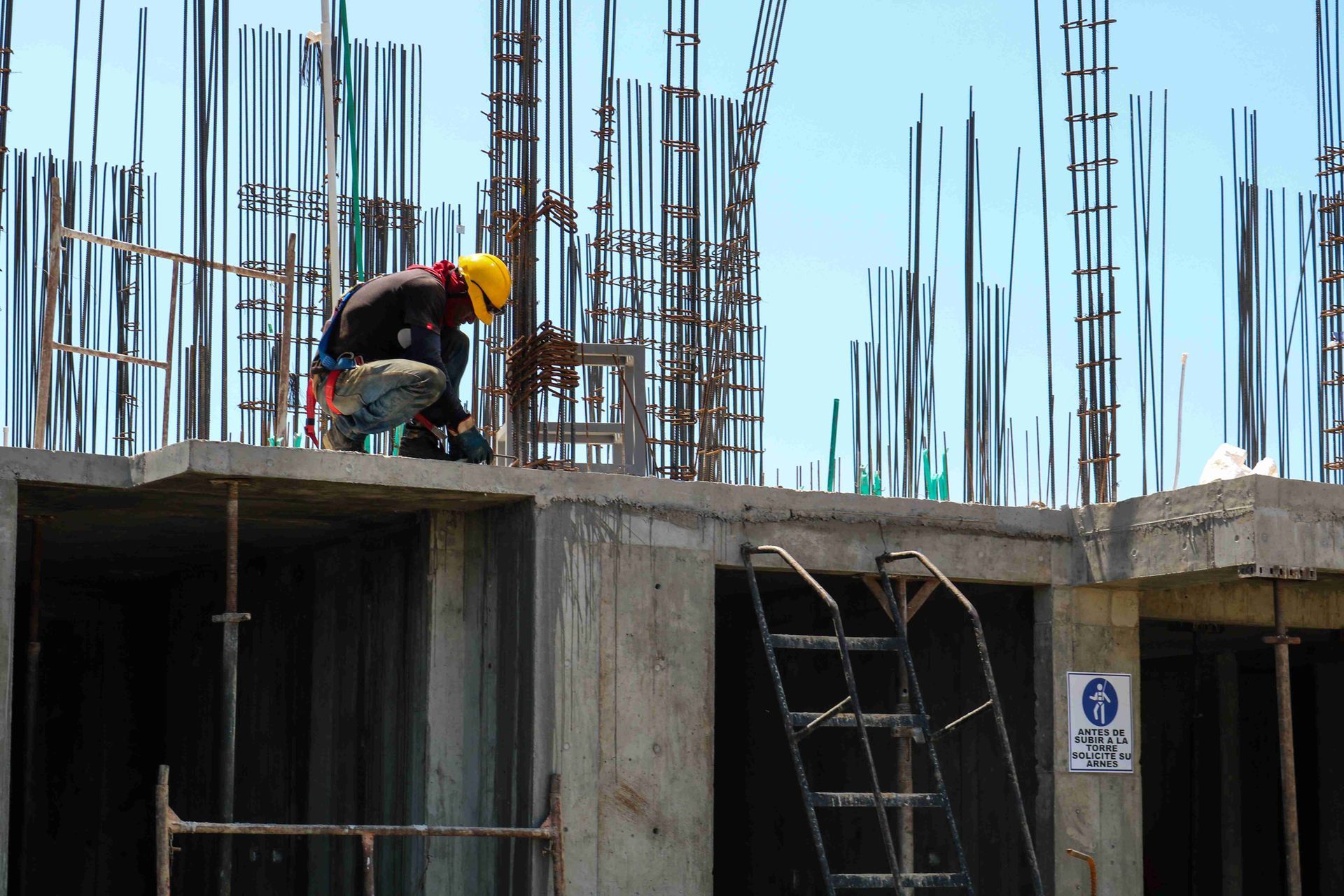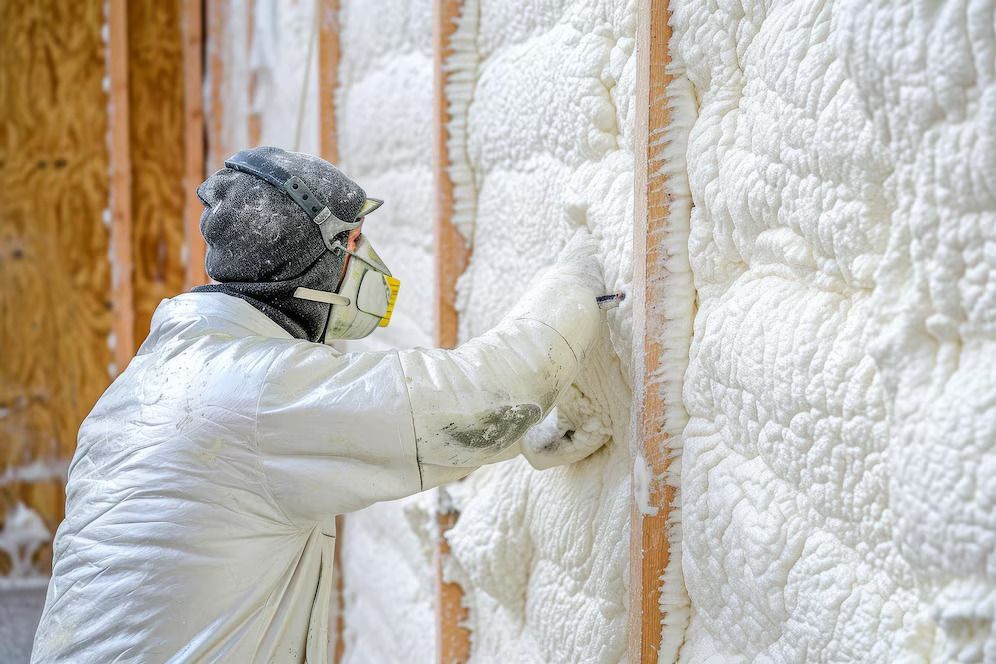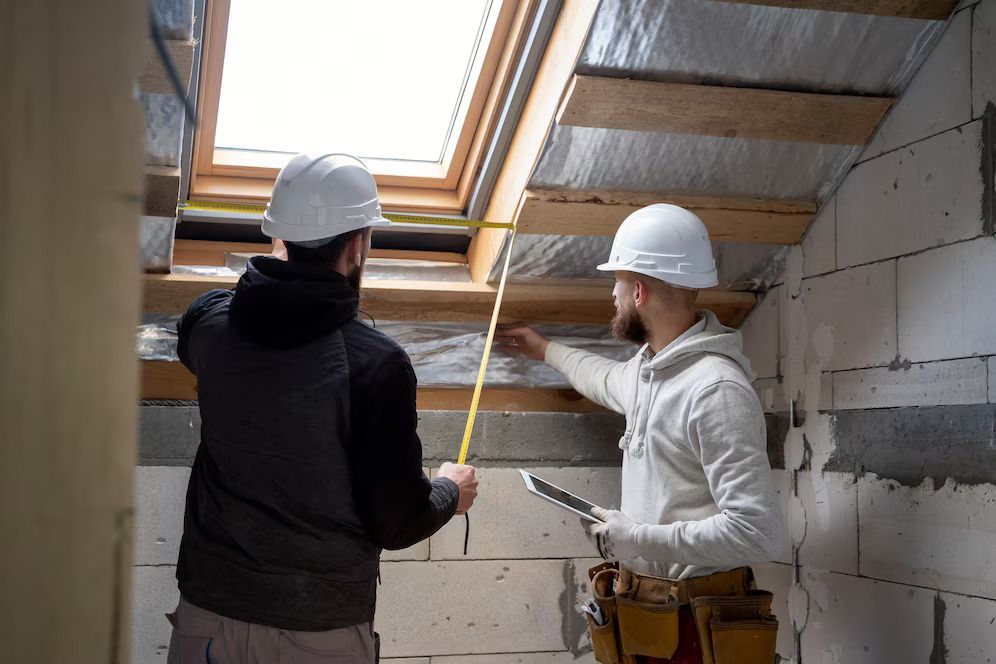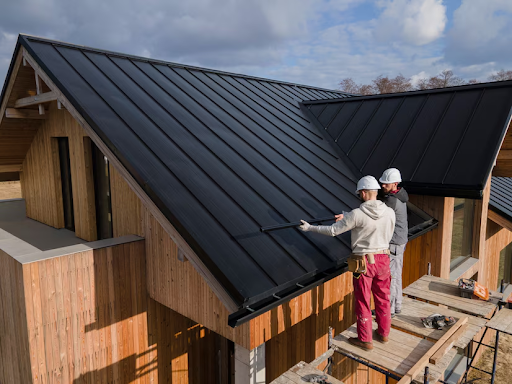Seattle's construction boom continues with new mixed-use development

With the Mayor stepping in with a major force to lead comprehensive legal reform in Seattle, the construction boom is inevitable. The reform package is designed to protect shipping, manufacturing, and logistics while allowing construction in the outskirts, making it a mix-use development-friendly reform. Historically speaking, this is a major changeover since the 1980s related to Seattle zoning rules.
Seattle has two main industrial areas: the Duwamish River Valley and Interbay (between Queen Anne and Magnolia). These areas are zoned for a range of industrial and commercial activities, including traditional ones such as manufacturing and logistics and newer ones like rock-climbing gyms and office headquarters for large companies.
Under Mayor Harrell’s new proposed plan, the industrial lands will be distributed into three zones. Most re-zoning will revolve around Maritime, manufacturing, and logistics that are usually attached to the logistics centers in Seattle.
The industry and innovation zone would house industrial facilities, including office spaces, R&D setups, and development sectors located near future transit hubs. The third category would be Urban Industrial, allowing for a mix of residential, commercial, and light industrial uses that can integrate into urban environments, such as breweries, art spaces, and small-scale food manufacturing.
The proposed reforms aim to change the designation of specific areas of industrial land in Judkins Park, South Park, Georgetown, and Ballard to mixed-use areas that can be used for various purposes instead of just industrial use. These reforms are similar to the recommendations made by previous stakeholder round tables. According to Harrell's office, they are expected to create around 35,000 new jobs and 3,000 new homes in the next two decades.
However, many experts believe that Seattle’s master plan was penned in the 1990s, not allowing earthquake or climate change. Heavy traffic was given preference in those plans. Despite potential challenges, there are many advantages to the proposed reforms. For instance, they could create Urban Industrial zones that make the city more livable. Moreover, Seattle could explore new areas to address the growing need for industrial land in northern parts of the city, including near Aurora Avenue, Lake City Way, and upcoming light rail stations.
Transit-oriented development is also on the agenda of the Mayor, making it a complete mix-development plan, and construction usually centers out from transit hubs. The industrial land reforms can be more well-rounded, but overall, the reforms push towards a positive step or path. The reforms are targeted toward the modern need for industry and housing mixed in closer communities, making it easy for people to work and live in the same area. This will ensure that Seattle thrives as a vibrant and growing city.
However, if you are looking for an expert in land reforms and zoning regulations in Seattle or other cities in Washington state, then United Seattle is a good place to start.


We Offer All the Services You Need in One Place! We Will Save You Time and Money!
Call Us at (425) 350-9283 Now to Get a Free Estimate or a Free Consultation for Any of Our Services!

